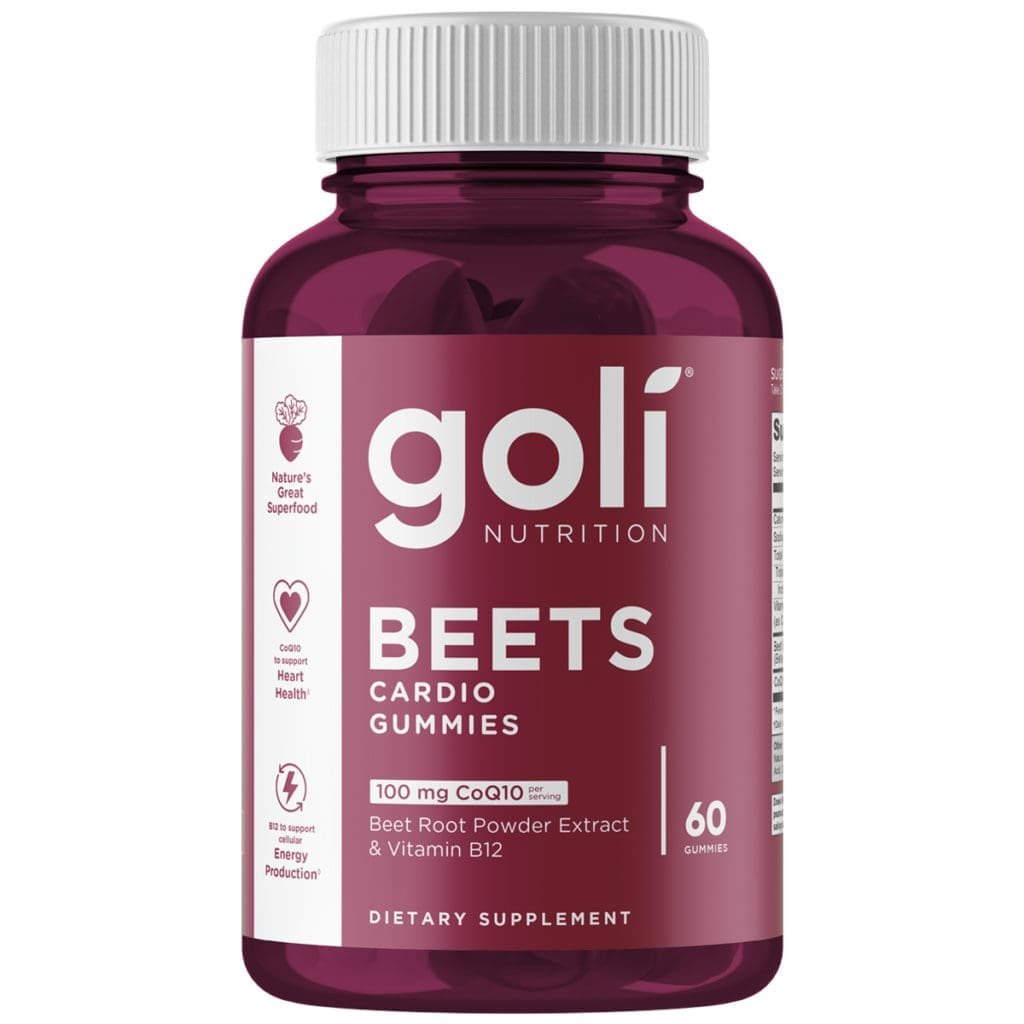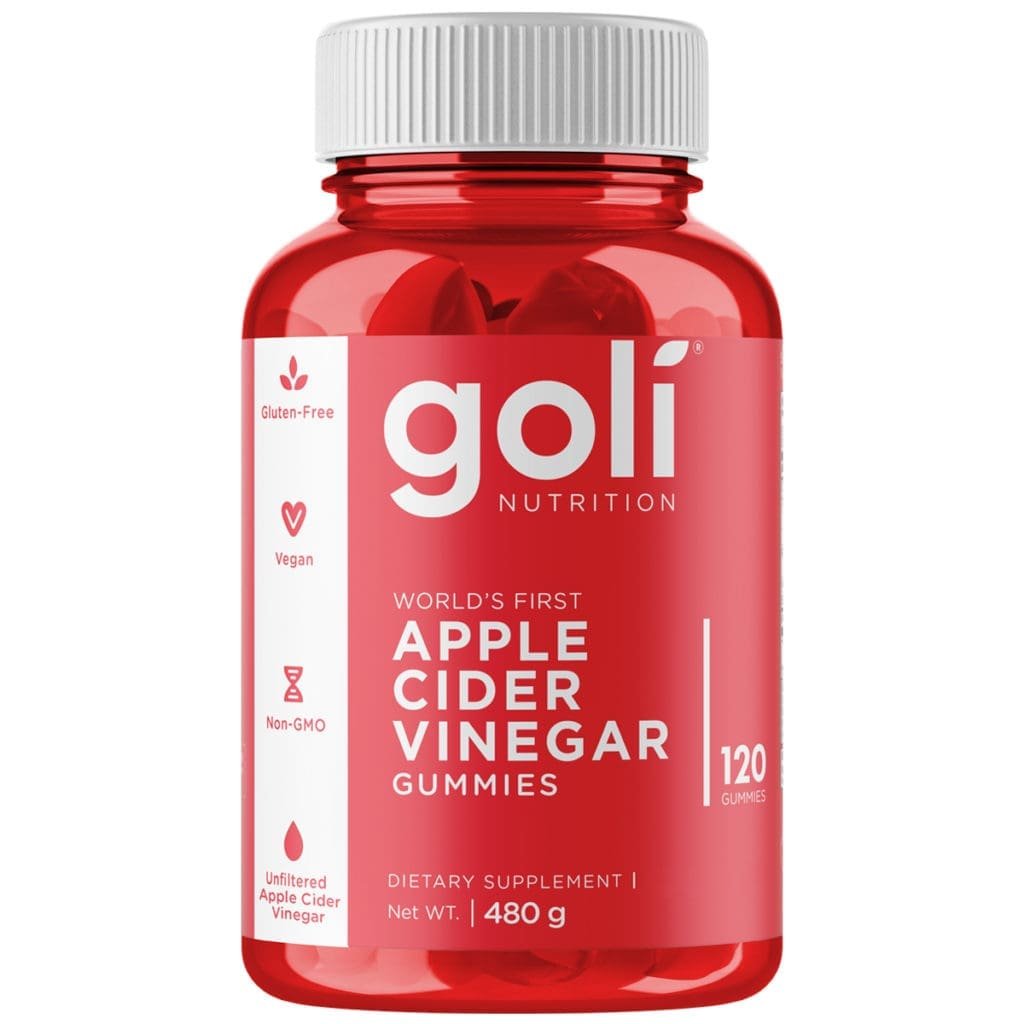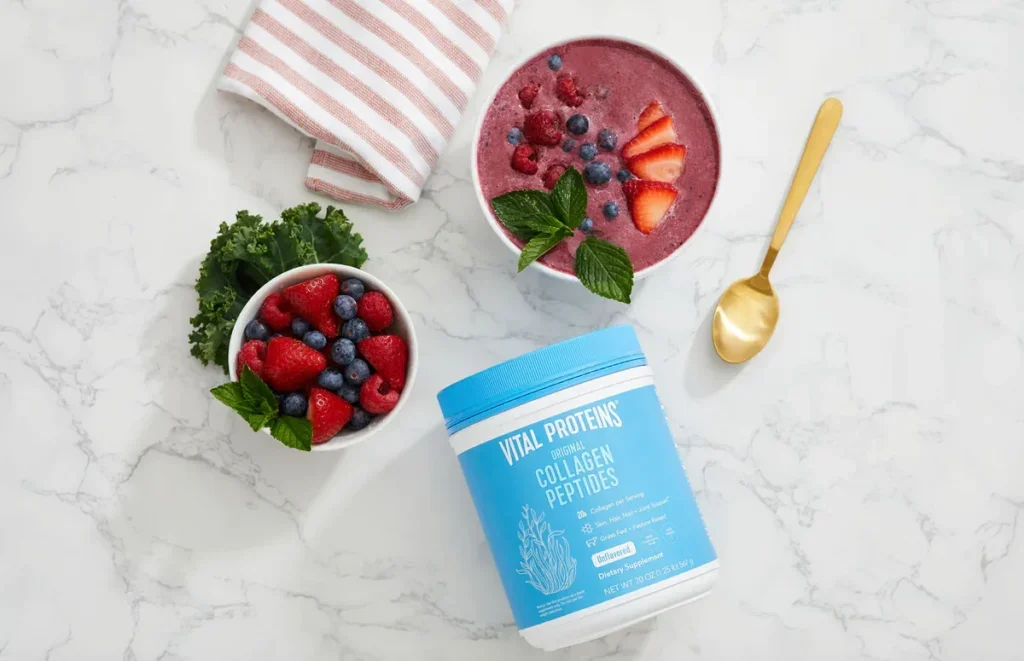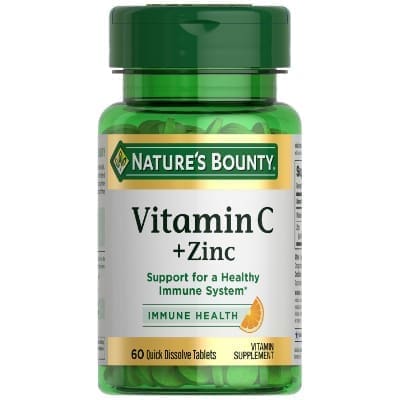Calamine lotion, the new magic has released!

Calamine lotion
Calamine lotion comes under the category of shake lotions and contains calamine and zinc oxide as active ingredients. In addition, it also contains bentonite, glycerin, sodium citrate, and liquified phenol.
This article focuses on calamine lotion and preparations that contain calamine lotion. The topical preparations that contain zinc oxide or calamine alone (instead of calamine lotion as a whole) are not discussed here.
Simple suspensions or solutions of medication in water, alcohol, or other liquids are called lotions. When left on the skin, the lotion will leave a film of medication on skin surface, as the liquid portion evaporates.
Shake lotion is an aqueous suspension of powders. Hence, such lotions require shaking before each application. The United States of America Food and Drug Administration (US FDA) has approved calamine lotion as an over-the-counter medication that can serve as a skin protectant. Calamine lotion is included as an anti-inflammatory and antipruritic medicine in the World Health Organization’s list of essential medicines, under the category of dermatological medicines (topical).
PHARMACOLOGICAL ACTION OF INDIVIDUAL INGREDIENT OF CALAMINE LOTION
-
Calamine: It may be either zinc carbonate or zinc oxide (98%), colored pale pink with ferric oxide (2%), and has bland, soothing, and antipruritic properties.
Zinc oxide: It is an inorganic powder with cooling and slightly astringent properties. It has soothing and protective properties. It can block broad-spectrum sunlight (ultraviolet B and A and visible light). Hence, it is preferred as an inexpensive physical sunscreen. Ann et al. reported that zinc oxide exhibited bactericidal action on Staphylococcus aureus and Pseudomonas aeruginosa. The antibacterial property was attributed to the structural morphology of zinc oxide that induced toxicity and a killing effect on bacteria.
-
Bentonite: Bentonite is colloidal hydrated aluminium silicate. Bentonite serves as a stabilizer in shake lotions.
-
Glycerine: Glycerine is a humectant, emollient, and stabilizer.
-
Sodium citrate: Sodium citrate controls the pH of the lotion.
-
Liquified phenol: It acts as a preservative, alleviates itching (through its anesthetic effect), and acts as an antiseptic.
ADVANTAGES OF CALAMINE LOTION
-
When applied to the skin, the aqueous component of calamine lotion evaporates. The heat required for evaporation is taken from the body which gives a cooling effect at the site of application. This provides the lotion its soothing and antipruritic effect.
-
The powder added to the lotion increases the surface area of evaporation. As a result, the lotion effectively dries and cools wet and weeping skin.
-
It is suitable for application to large surface areas due to its ability to spread easily and uniformly.
-
Calamine lotion allows passage of some amount of secretion and exudation.
-
It is considered safe in pregnancy and lactation since it has been in use for centuries and has not been reported to cause any adverse outcomes in pregnancy or lactation. However, there is a lack of data from studies. However, phenol containing preparation is to be avoided in pregnant women.
-
It is often the favorite preparation in treating children and considered safe in infants. However, phenol containing preparation is to be avoided in infants.
-
By the addition of specific ingredients, the lotion can be made more effective in the management of different dermatoses.








